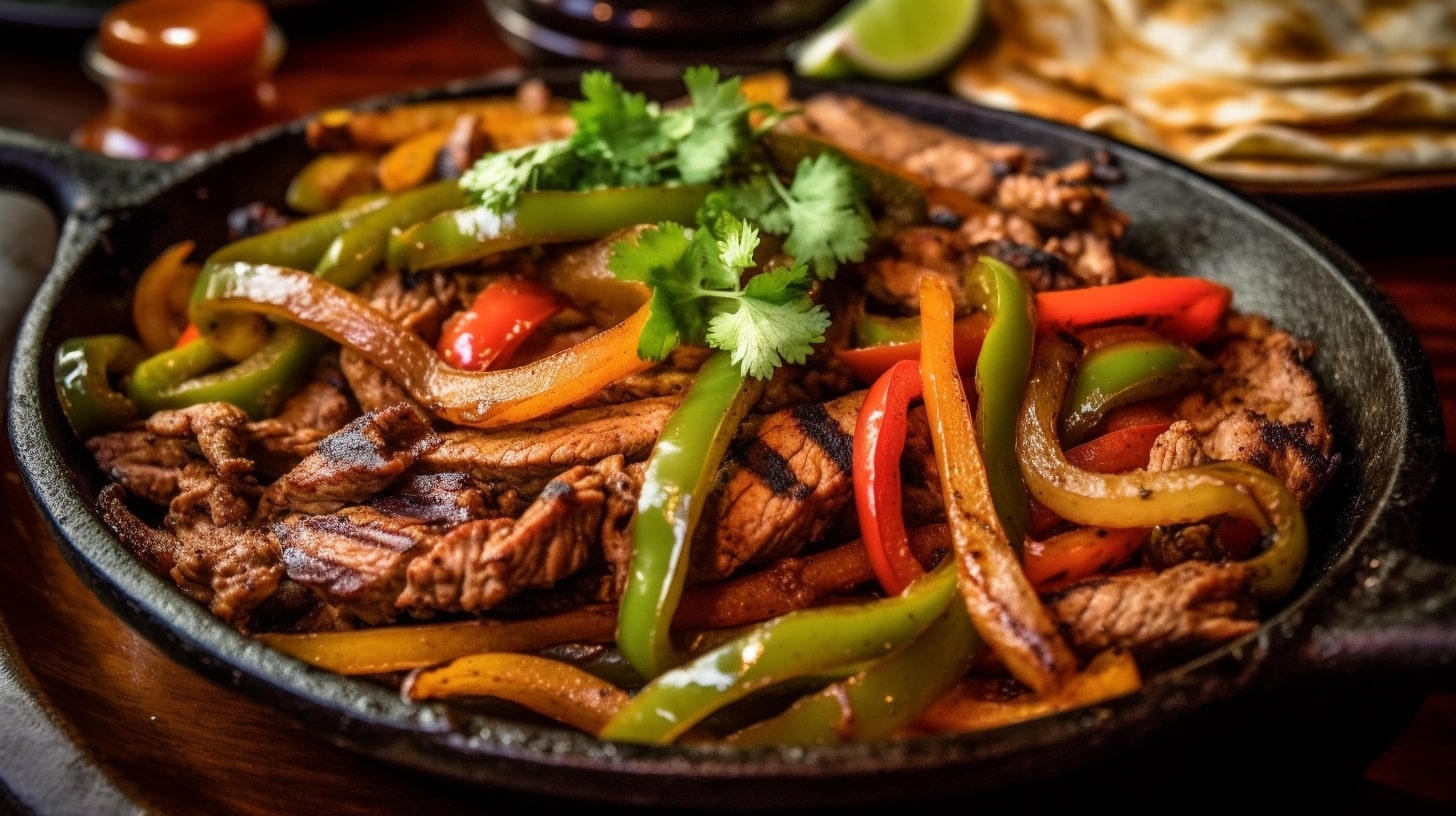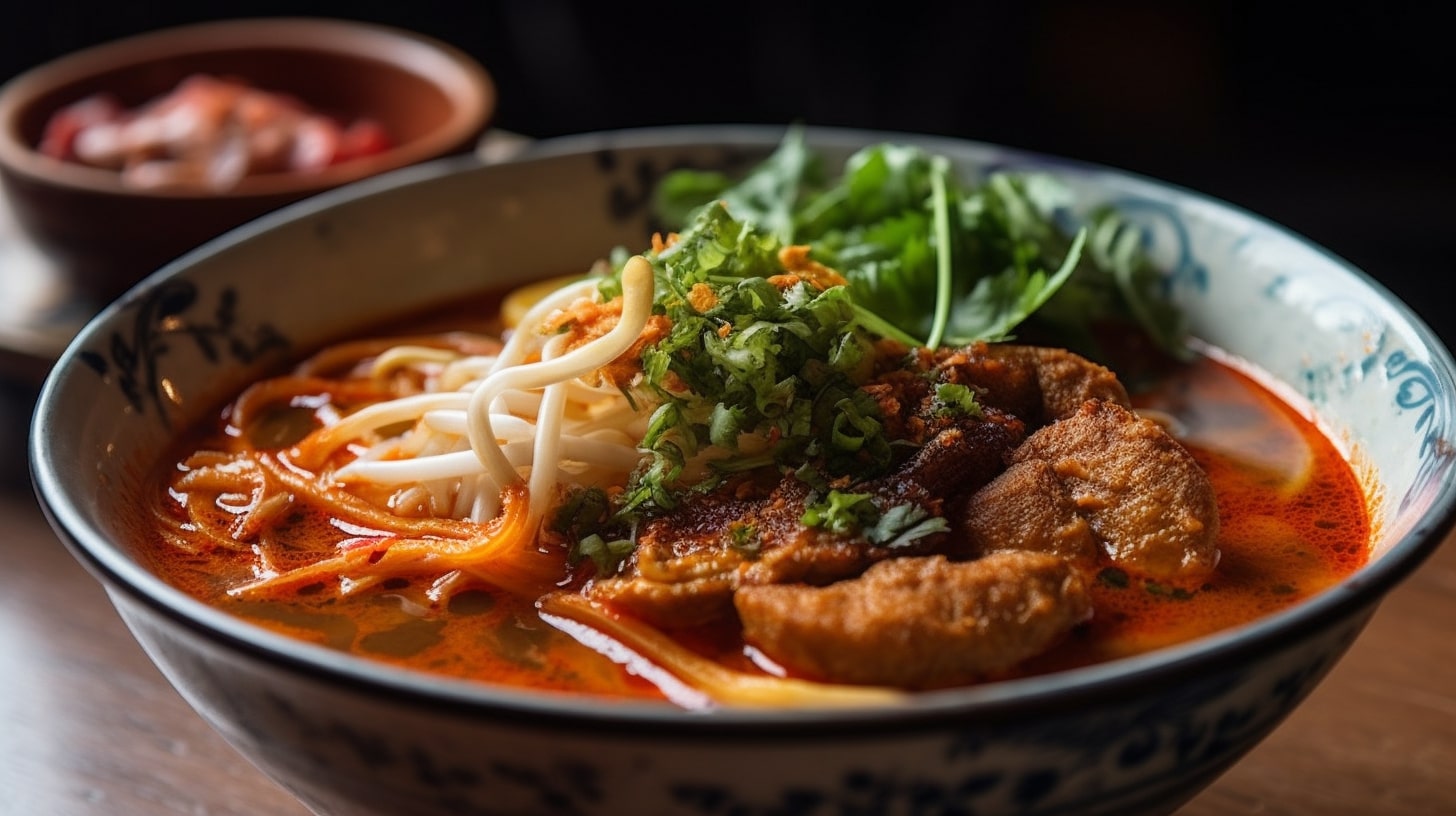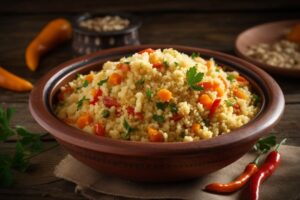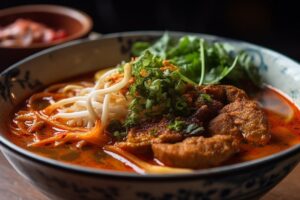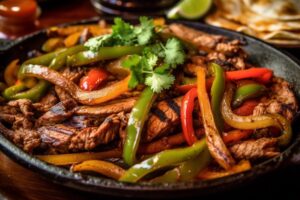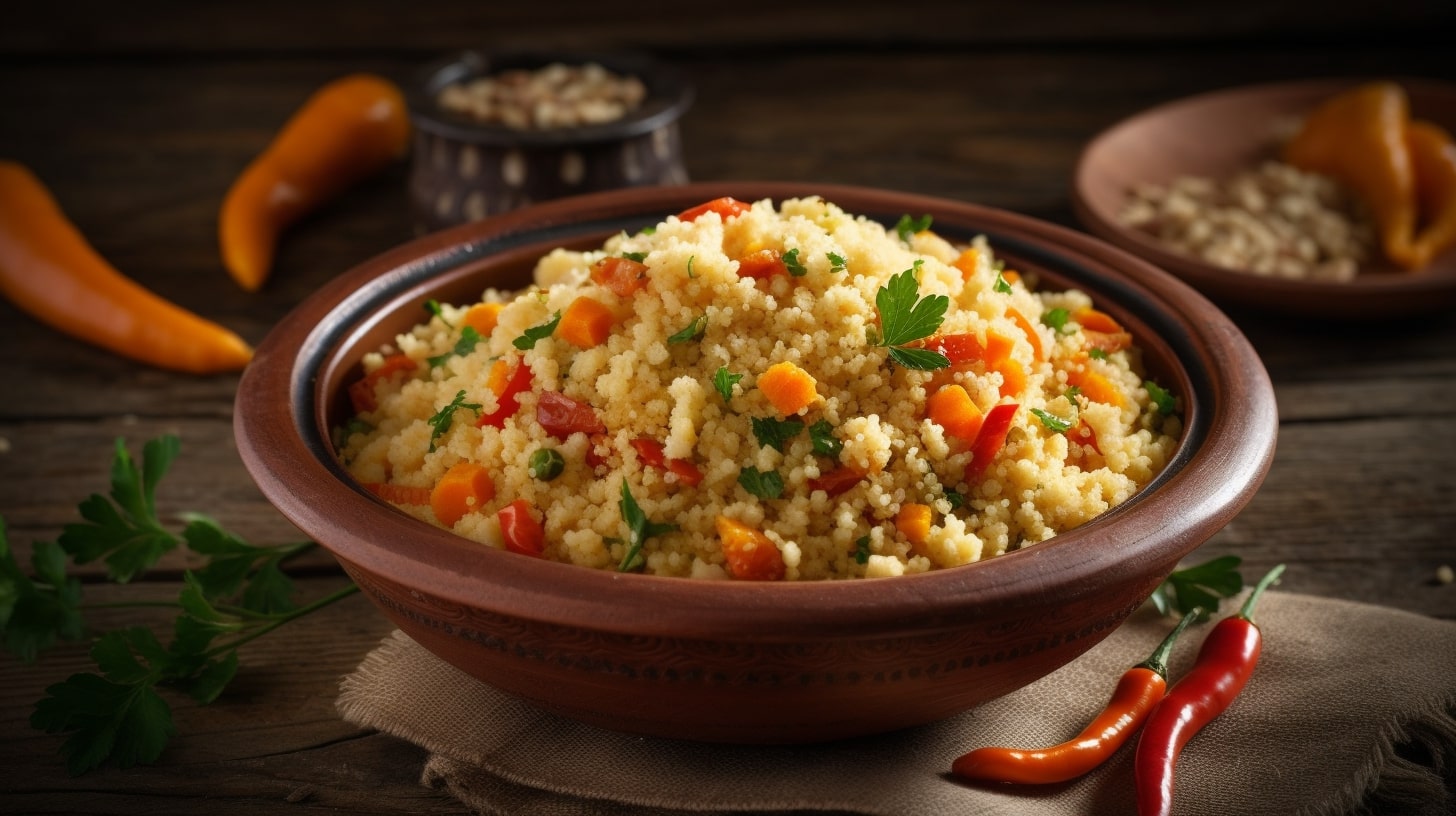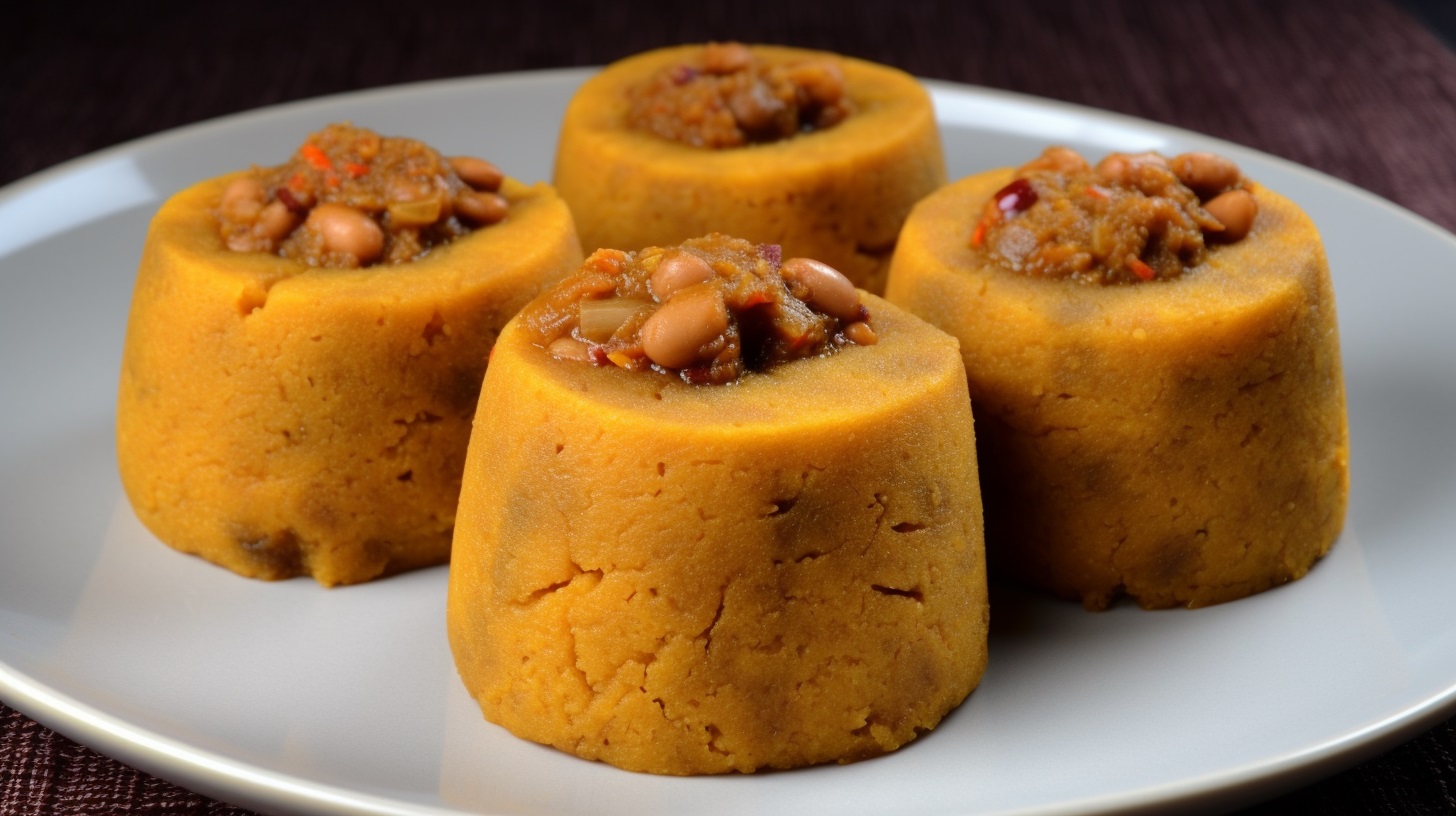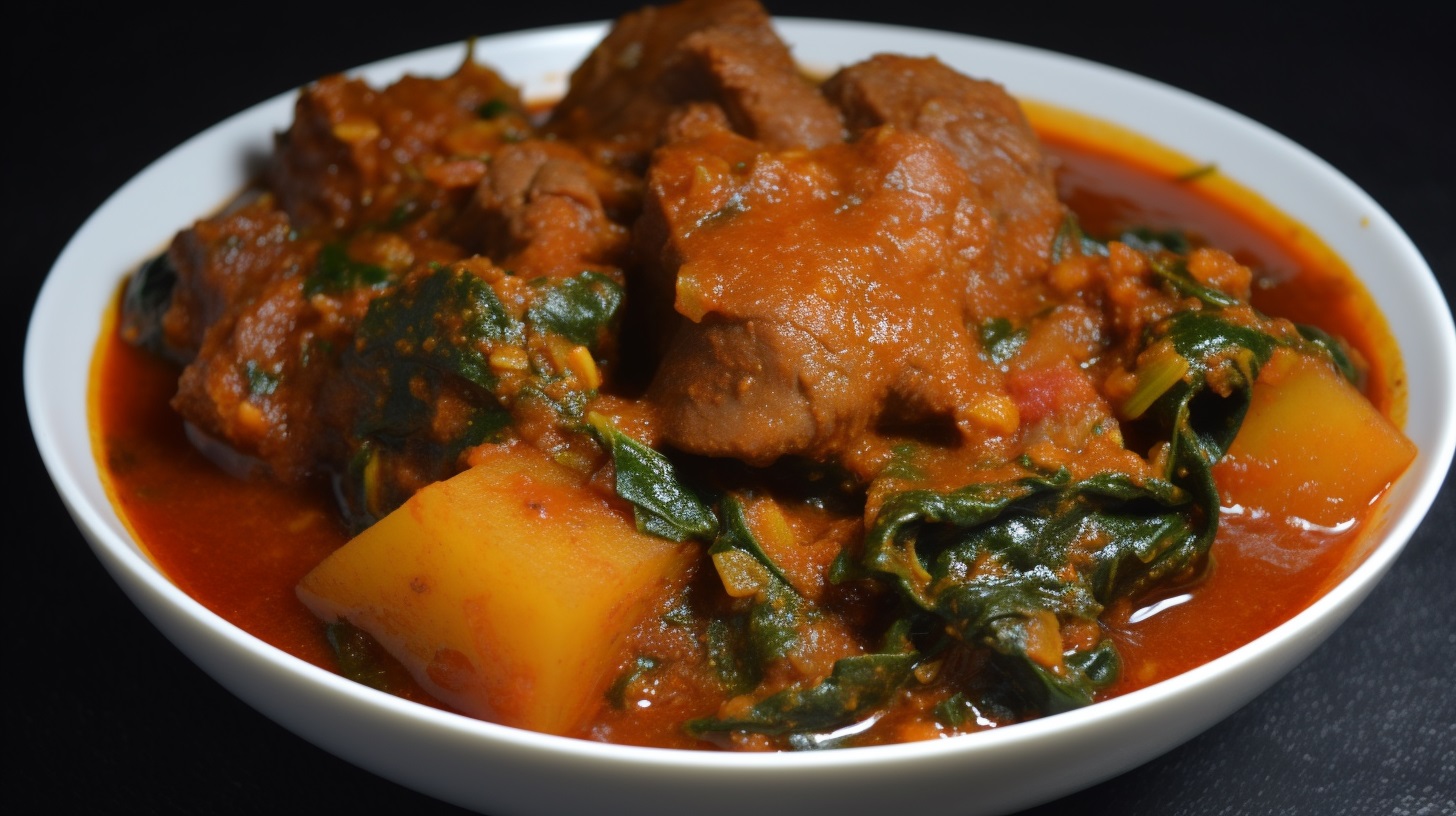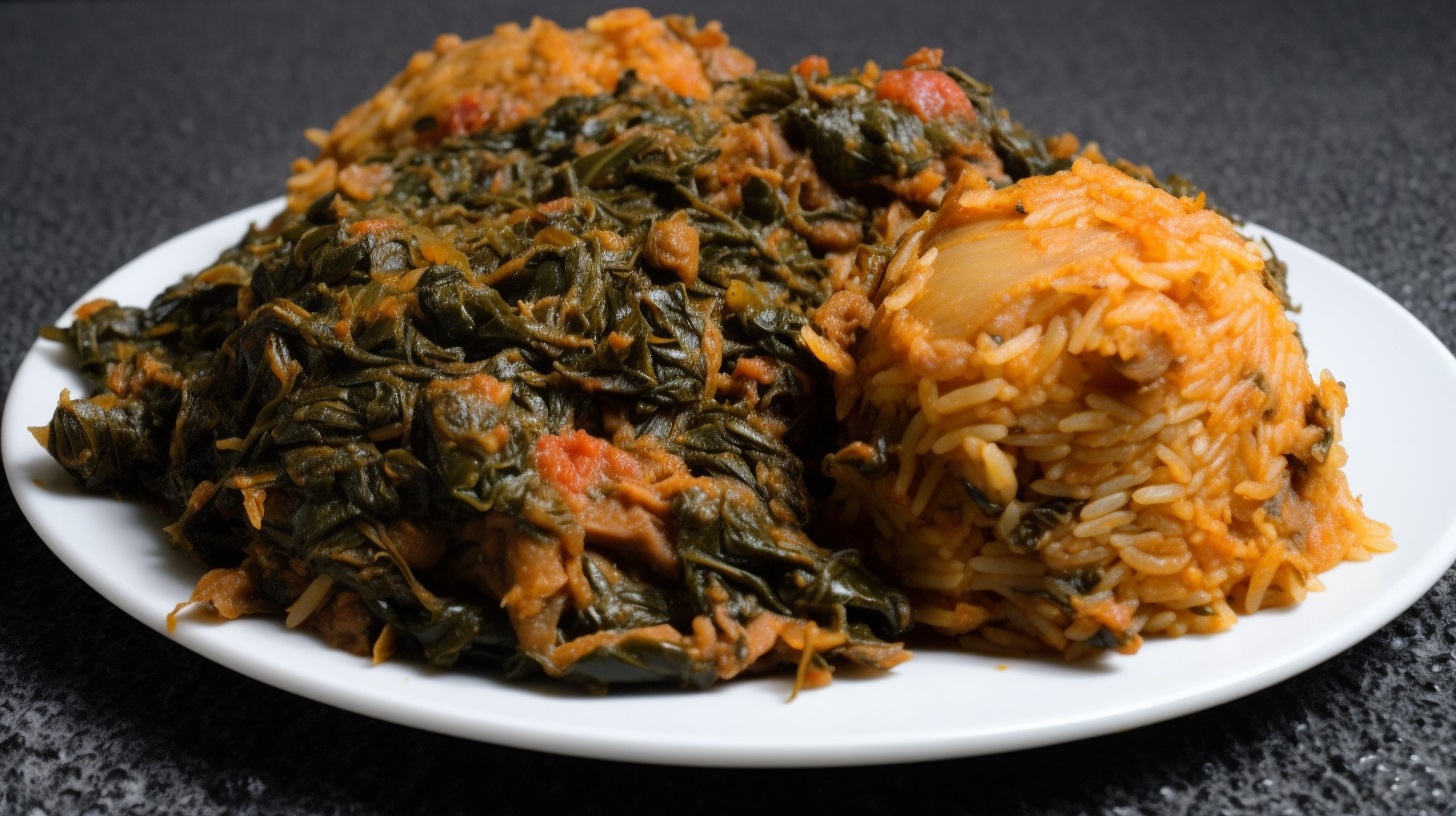Algerian couscous, a beloved national dish of Algeria, is a culinary delight that reflects the rich history and diverse flavors of the North African nation. This staple food item holds a significant place in Algerian culture and cuisine, and its preparation and consumption are often associated with communal gatherings and celebrations. In this comprehensive exploration of Algerian couscous, we will delve into its history, ingredients, preparation methods, cultural significance, and the experience of savoring this delectable dish.
History and Origins
Couscous is believed to have originated in North Africa, with Algeria being one of its primary birthplaces. Its history can be traced back thousands of years, and it has evolved into a symbol of cultural identity for the Algerian people. This flavorful dish embodies the blending of indigenous Berber traditions with the influences of Arab, Mediterranean, and African cuisines that have shaped the country’s culinary heritage over the centuries.
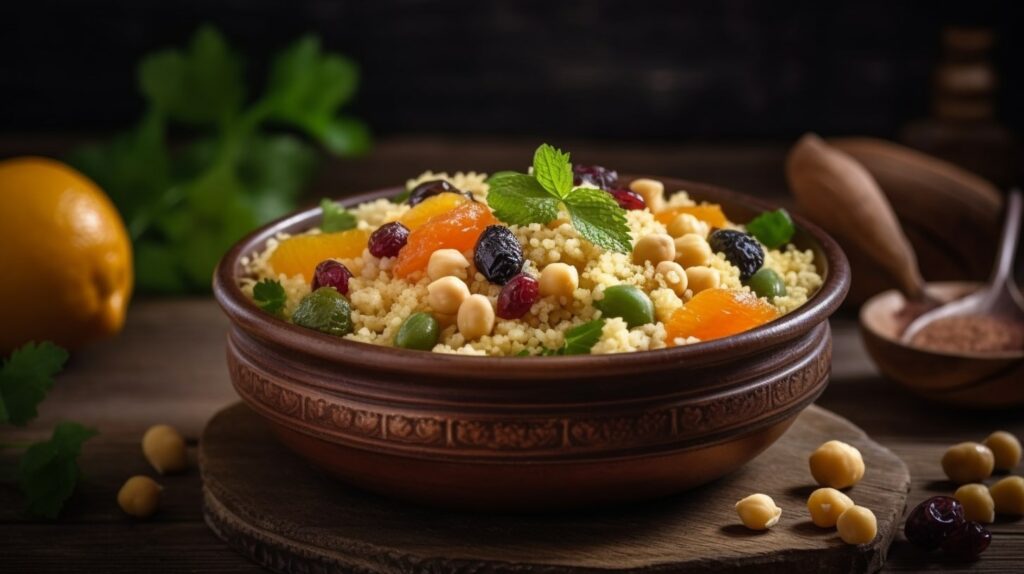
Ingredients and Variations
Algerian couscous is traditionally made using a base of semolina wheat, which is rolled into tiny granules and then steamed. This results in the distinctive texture that couscous is known for – light, fluffy, and slightly grainy. The dish is usually accompanied by a hearty stew, known as “merguez” (spiced sausage), and a medley of vegetables such as carrots, turnips, and zucchini. The choice of protein can vary, with lamb, chicken, or fish being common options.
One of the key ingredients that imparts a unique flavor to Algerian couscous is the spice blend known as “ras el hanout,” which typically includes a mix of aromatic spices like cumin, coriander, cinnamon, and cloves. This blend adds depth and complexity to the dish, making each bite a sensory experience.
Preparation Methods
The preparation of Algerian couscous is a labor of love, often involving multiple steps that require skill and patience. The traditional method of steaming couscous involves using a special pot called a “couscoussier.” Here’s an overview of the process:
- Preparation of Semolina: Semolina wheat is moistened with water and rubbed between the hands to form small granules. This process is repeated until the granules are uniform in size.
- Steaming: The moistened semolina is placed in the upper compartment of the couscoussier, allowing the steam from the simmering stew below to cook the couscous slowly. During this process, the couscous is steamed three times, with intermittent resting and fluffing to achieve the desired texture.
- Stew Preparation: While the couscous steams, a rich and flavorful stew is prepared. The choice of ingredients and spices can vary, but the combination of tender meat, hearty vegetables, and aromatic spices is a constant.
- Serving: Algerian couscous is traditionally served family-style, with the steamed couscous as a base, and the stew poured over the top. It is common to garnish the dish with fresh herbs, like cilantro or parsley, and serve it with a side of harissa, a spicy chili paste, for those who enjoy an extra kick of heat.
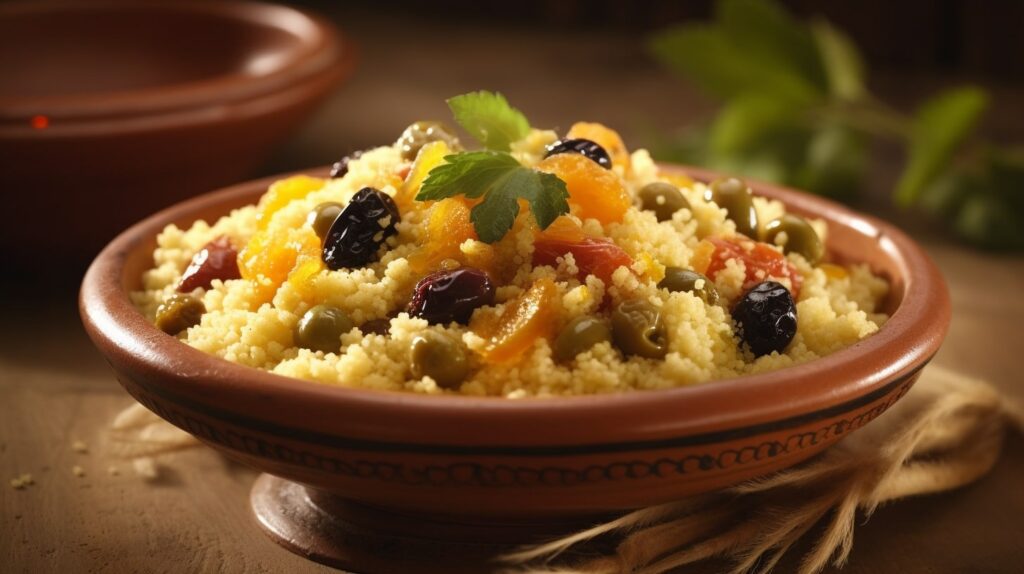
Cultural Significance
Beyond its culinary excellence, Algerian couscous holds immense cultural significance in the country. It is a dish that brings people together, often served during celebrations, family gatherings, and holidays. Sharing a couscous meal symbolizes unity and togetherness, reinforcing the importance of communal bonds in Algerian society.
The art of making couscous is also passed down through generations, with families taking pride in their unique recipes and techniques. It serves as a way to connect with ancestral traditions and preserve cultural heritage.
Savoring Algerian Couscous
Experiencing Algerian couscous is not just about taste; it’s also about the sensory journey it offers. The aroma of the simmering stew, the sight of vibrant vegetables, and the sound of couscous being fluffed and served all contribute to the overall experience.
Each bite of Algerian couscous is a harmonious blend of textures and flavors. The tender meat, perfectly cooked vegetables, and fragrant spices come together to create a symphony of taste that is both comforting and exhilarating. The light and fluffy couscous provide a neutral base that soaks up the savory stew, making each mouthful a delightful revelation of complex flavors.
In recent years, Algerian couscous has gained international recognition as a symbol of the rich culinary heritage of North Africa. It is not only enjoyed within Algeria but also appreciated by food enthusiasts around the world who seek to savor the authentic flavors of this national dish.
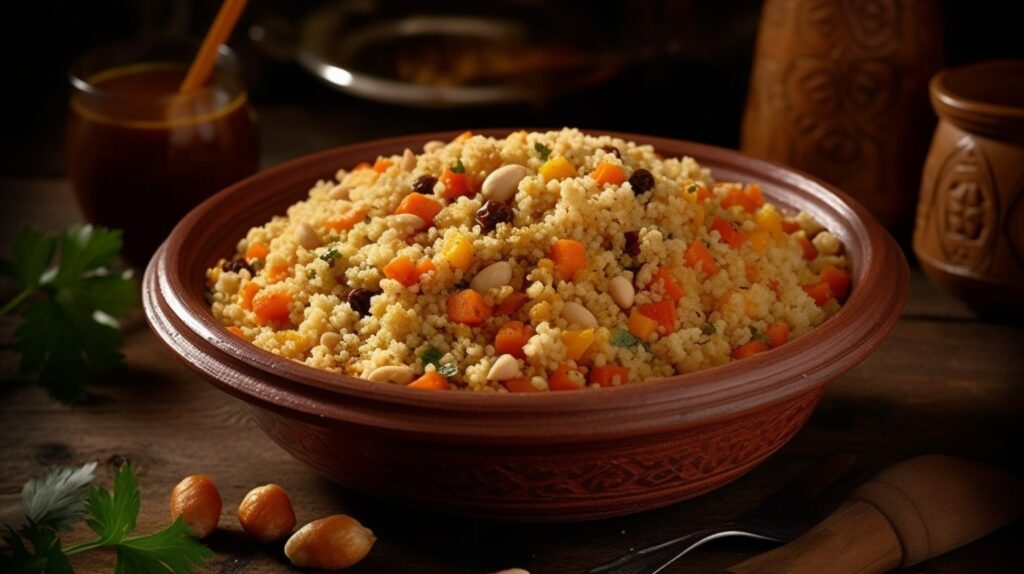
In conclusion, Algerian couscous is a culinary masterpiece that encapsulates the history, culture, and flavors of Algeria. Its preparation is a labor of love, and its consumption is a celebration of unity and tradition. Whether enjoyed in a family setting or at a cultural event, this delectable dish continues to be a source of pride for the Algerian people and a symbol of harmony in Northwest Africa, as recognized by its growing popularity on the global culinary stage[5].
